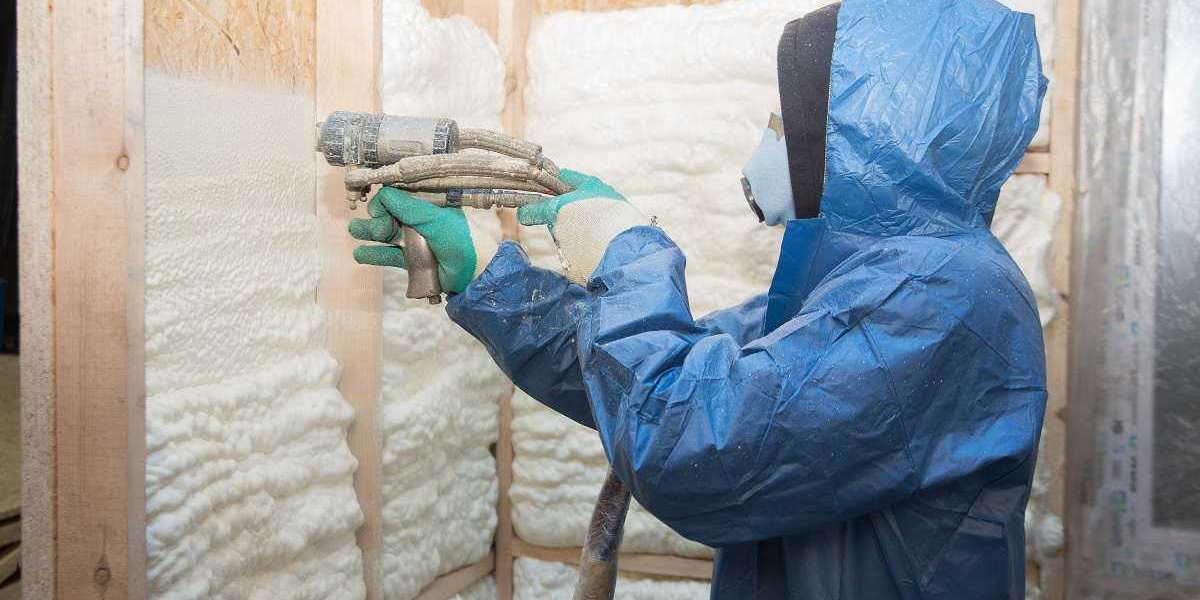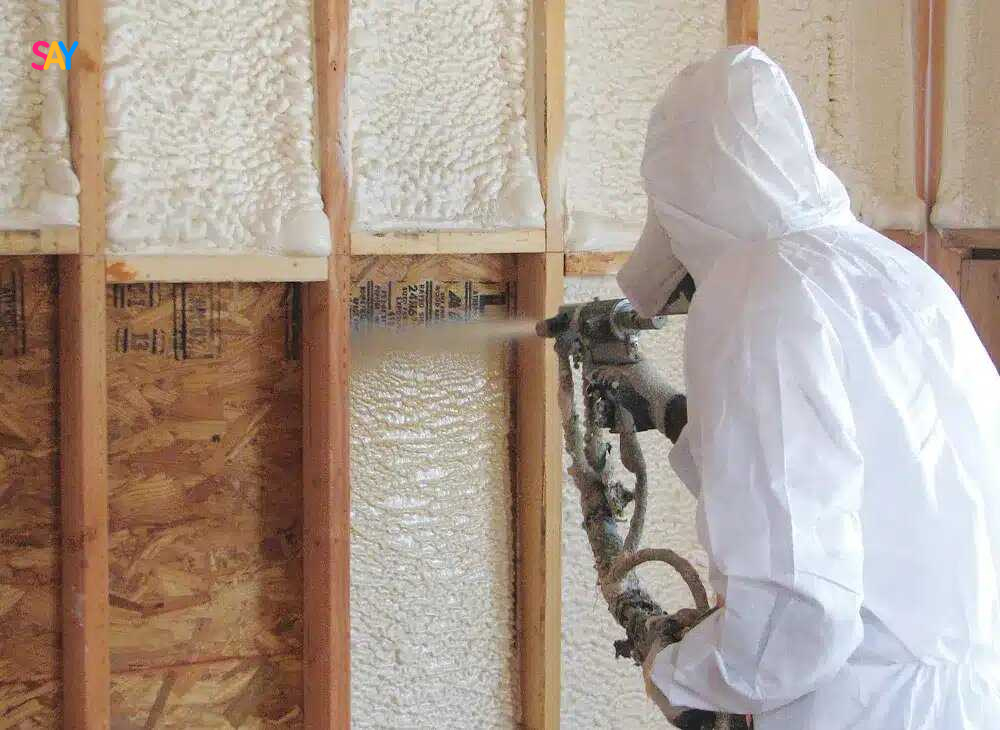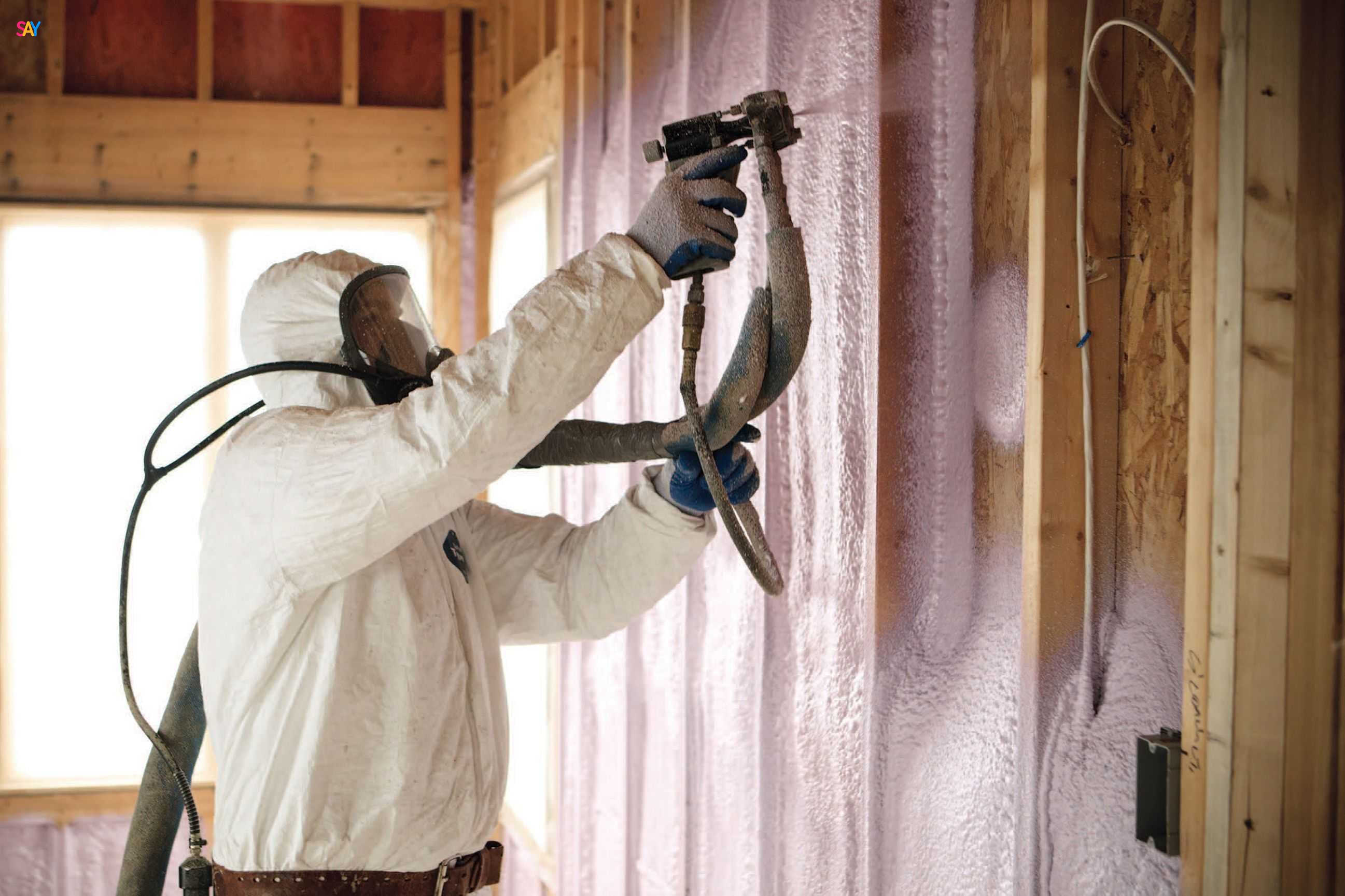Spray foam insulation acts as a comprehensive barrier against weather, moisture, and energy loss year-round. It seals gaps, reduces thermal bridging, blocks moisture infiltration, and resists mold growth. Whether temperatures soar or plummet, spray foam maintains indoor comfort and energy efficiency by creating an airtight thermal envelope.
This guide explains how spray foam insulation delivers reliable protection across seasons, details important technical data, and highlights key factors homeowners must consider before choosing this solution.
Year-Round Benefits of Spray Foam Insulation
Spray foam insulation performs consistently across all climates. Its dual-action formula—expanding to fill cavities and hardening into a durable structure—provides critical protection in both hot and cold conditions.
Key Year-Round Protections:
- Thermal Insulation: Minimizes heat transfer, maintaining stable indoor temperatures.
- Air Sealing: Prevents drafts, improving HVAC efficiency.
- Moisture Control: Reduces condensation risks and mold development.
- Structural Support: Reinforces walls, attics, and crawl spaces.
Types of Spray Foam Insulation
Spray foam comes in two main types, each suited for specific applications.
Type | Characteristics | Best For | R-Value (per inch) |
|---|---|---|---|
Open-Cell Spray Foam | Light, flexible, breathable | Interior walls, soundproofing | 3.5 - 3.6 |
Closed-Cell Spray Foam | Dense, rigid, high moisture resistance | Exterior walls, roofs, basements | 6.0 - 7.0 |
Bonus Tip:
Use open-cell foam for interior projects where breathability and cost savings are priorities. Opt for closed-cell foam insulation in areas vulnerable to moisture or requiring extra structural support.
Technical Specifications of Spray Foam Insulation
Property | Open-Cell Spray Foam | Closed-Cell Spray Foam |
|---|---|---|
Density | ~0.5 lb/ft³ | ~2.0 lb/ft³ |
Vapor Permeability | High (perm rating 10-16) | Low (perm rating 1) |
Expansion Rate | 100x original volume | 30-50x original volume |
Structural Strength | Minimal | High |
Sound Dampening | Excellent | Moderate |
Application Thickness | 3-4 inches | 1-2 inches |
How Spray Foam Insulation Responds to Seasonal Changes
Hot Weather Performance
- Blocks radiant heat transfer: Keeps interiors cooler without overburdening cooling systems.
- Air sealing: Reduces energy loss due to leaks, improving overall HVAC efficiency.
Cold Weather Performance
- Limits conductive heat loss: Maintains warmer indoor air.
- Prevents ice dams: Protects roofing structures from freeze-thaw damage.
Things to Consider Before Making a Decision
Choosing spray foam insulation requires a full understanding of your building's needs, climate, and long-term maintenance expectations.
Factors to Evaluate:
- Climate Zone: Higher R-value needed for extreme climates.
- Building Structure: Age, materials, and existing insulation can affect compatibility.
- Application Area: Closed-cell foam needed for basements or flood-prone areas.
- Budget Constraints: Higher initial costs balanced against long-term energy savings.
- Professional Installation: Proper application critical to achieving full benefits.
Bonus Tip:
Conduct an energy audit before installation to identify critical air leakage points and optimize foam application areas.
Common Questions About Spray Foam Insulation
Does spray foam insulation prevent mold?
Spray foam limits mold risks by reducing moisture accumulation and improving indoor humidity control, especially in closed-cell applications.
How long does spray foam insulation last?
Properly installed spray foam can last over 30 years without significant degradation, outlasting traditional materials like fiberglass or cellulose.
Is spray foam safe for indoor air quality?
After curing (typically 24 hours), spray foam becomes inert and does not off-gas harmful chemicals, maintaining healthy indoor environments.
Can spray foam be applied over existing insulation?
Spray foam can supplement but not always cover older insulation directly; in many cases, removal of old materials ensures better adhesion and performance.
What maintenance does spray foam insulation require?
Spray foam requires minimal maintenance. Occasional inspections (especially after severe weather events) help identify any physical damage or settlement.
Make the Right Decision
Spray foam insulation offers year-round protection by improving energy efficiency, moisture resistance, and indoor comfort in all seasons. Evaluate your climate, building structure, and energy goals carefully. Professional installation and material selection based on specific needs ensure optimal long-term performance. Making an informed choice today will deliver lasting benefits for decades.






